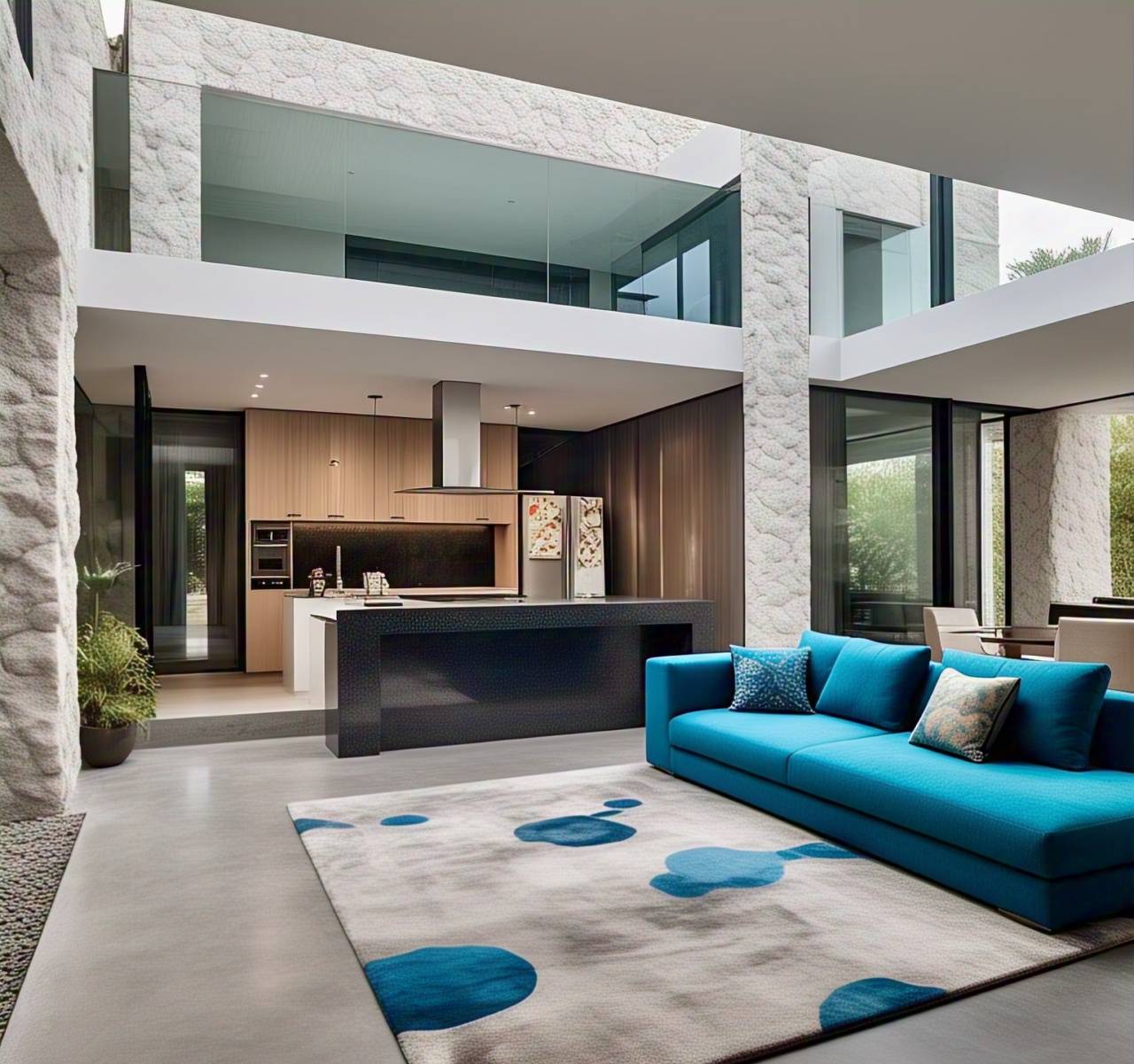The Rise Of The Informed Homebuyer
Digital connectivity has fundamentally changed how people search for and purchase new homes. The rise of property technology, social media, and instant access to data has given buyers unprecedented resources before they even reach out to a builder. Today, it’s common for buyers to arrive at their first appointment already familiar with market trends, local neighborhood statistics, resale values, and even builder reputations.
Studies reviewed reveal that nearly all buyers conduct online research before engaging directly with a home builder. This shift has led homebuilders to leverage technology to educate potential customers, convey transparent pricing, and provide real-time construction updates. The expectation for prompt, detailed information continues throughout the buying process, with buyers seeking guides, how-to videos, and digital communication as standard offerings. In this transformed marketplace, responsiveness and clarity are now essential not only to attract but also to retain prospective clients. Companies like New Home Star recognize that meeting the modern homebuyer starts with establishing a robust online presence that extends far beyond traditional advertising. This digital-first approach features interactive floor plans, virtual showrooms, and prompt responses via chat or social media, all designed to provide a seamless experience.
Customization and Flexibility in Design
Modern homebuyers seek homes tailored to their lifestyles. Instead of cookie-cutter designs, they prefer diverse floor plans, finishes, upgrades, and smart features. Builders respond by offering design studios, customization tools, and a variety of material choices. Personalization extends to room functionality, with home offices, flexible guest spaces, and multi-generational suites becoming popular as families need adaptable areas.
This level of customization boosts buyer satisfaction and helps maintain home values. By engaging buyers in the design process, builders create excitement and involvement throughout the project. Buyers often share positive experiences with builders who guide them through options, help visualize choices digitally, and make reasonable adjustments to plans. Homes reflecting individual tastes foster stronger connections between homeowners and their investments.
Community-Oriented Design
Today’s developments are judged by the overall quality and inclusiveness of community design, not just individual homes. Builders and planners focus on creating holistic neighborhoods with features that foster connection, recreation, and relaxation. Green spaces, trails, playgrounds, shared gardens, and co-working lounges are amenities that distinguish new communities.
These amenities enhance neighborhood value, promote active living, and foster a sense of community belonging. Buyers, especially families and multi-generational households, appreciate engaging with their neighbors and enjoying the nearby outdoor spaces. Community events, local markets, and group activities further enhance neighborhood appeal, supporting wellness and a balanced work-life approach.
Transparency and Trust: Meeting Expectations
Open dialogue and clear communication are essential in today’s instant information and online review landscape. Buyers expect homebuilders to be transparent about costs, timelines, and potential challenges from the outset. The most trusted builders face tough conversations head-on, guiding buyers honestly through issues as they arise. Detailed contracts, transparent selection processes, and regular updates keep buyers informed and confident in their investments. This transparency not only builds trust but also minimizes surprises and manages expectations during construction. Service-oriented builders often exceed expectations by offering educational workshops and online portals for buyers to review progress, budgets, and milestones. This fosters a streamlined, low-stress relationship that encourages goodwill, referrals, and repeat business.

